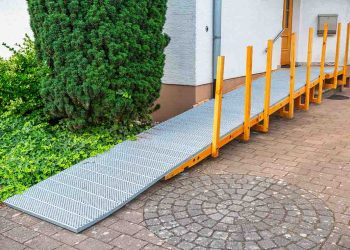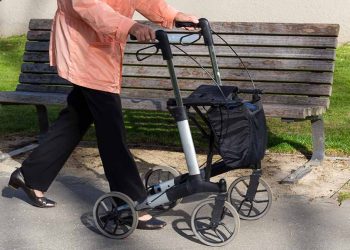Resource and climate friendly refers to an efficient and responsible use of limited raw materials and goods. The aim is to keep the impact on the environment as low as possible.
Acting in a resource-conserving manner means minimizing consumption and striving for an economy that follows natural material cycles. The development should not burden the environment or future generations.
Above all, a resource- and climate-friendly lifestyle should also help to reduce the carbon footprint. The areas of construction and housing, mobility and nutrition generate a particularly large amount of greenhouse gases. This means that a particularly large number of emissions can also be avoided here. Some concrete examples of resource- and climate-friendly actions are:
- Consumption reduction
- Purchase devices thoughtfully
- Restrict meat consumption
- Save water
- use energy sparingly
- Work digitally instead of printing everything out on paper
- Prefer bicycles and public transportation to cars as a means of transportation.
Further tips are also available from the Environmental Advisory Service.
Manufacturers and service providers can also help reduce CO2 emissions through consistent energy optimization. Though this only works up to a certain point. However, companies can assume financial responsibility for all the emissions they cause: They can buy so-called CO2 certificates. Operators of large industrial and energy facilities and air traffic are even obliged to cover their emissions with such certificates. One ton of CO2 corresponds to one certificate.
The money is used to finance climate protection and environmental projects that are certified according to internationally recognized standards. These projects are intended to compensate for the emissions caused by the companies. Companies can then advertise with the “climate neutral” label.
Examples include initiatives to reforest unused agricultural land or sustainable agriculture in developing and emerging countries.
Image: Silviariata via Pixabay
Author: Anja Herberth
Chefredakteurin














